15 Edible Flowers You Should Grow In Your Vegetable Garden
As an Amazon Associate and member of other affiliate programs, I earn from qualifying purchases.
If you’re growing a vegetable garden, companion planting is a natural and effective way to control pests, attract beneficial insects, and improve the flavor of your produce.
Often times, gardeners think only of companion gardening as learning what vegetables to plant together or planting herbs together with certain veggies. But growing flowers in the organic vegetable garden is another way of adding beneficial plants to your garden plan.
Why you should plant flowers in your vegetable garden
Flowers are beautiful and their cheery blooms will make you smile, add beauty to your garden, and can have medicinal uses. But did you know there are quite a few blooms that are also quite tasty?
Many vegetable gardens benefit from growing edible flowers as they also make great companion plants to help keep the bugs away. Using repellent plants and beneficial insects decreases the need for pesticides and other chemicals so your homegrown produce is safe to eat right off the plant.
In this post, I’m sharing 15 edible companion flowers for vegetables, and don’t forget to download the free companion planting guide at the end of the post.
Companion planting with Borage
The pretty blue flowers of borage make a perfect strawberry companion plant. The blooms bring pollinators to improve fruit set on your strawberry plants. They’re also said to deter caterpillars on your tomatoes and cabbage plants.
Borage flowers have a taste similar to cucumbers so they make a natural addition to salads and sandwiches. You can also use them to flavor water. The young leaves are also edible but develop a prickly texture as they get older.
This old-fashioned companion planting herb is easy to grow and will take care of itself. Direct seed in your garden in the spring, and let the plant self-seed for next spring.
Companion planting with Calendula
Also known as pot marigolds, using calendula for companion planting is an easy decision. Plant calendula in your veggie garden to attract pollinators and other beneficial insects. The orange and yellow flowers provide nectar all season long to butterflies, hummingbirds, and bees.
Calendula also makes a great companion plant for tomatoes as it attracts the parasitic braconid wasp which lays its eggs on the naughty tomato hornworm.
Calendula flowers have natural skin healing properties and can be made into a paste or added to a carrier oil to clear up skin issues. The flower’s colors range from bright orange to a softer yellow, and the yellow shade of the flower can be used as natural food coloring too!
Besides its many medicinal uses, calendula can be used to spice up your supper. When you want the taste of saffron but can’t afford that spendy spice, use calendula instead.
The calendula flavor profile ranges from tangy, peppery, spicy, and sometimes a little bitter. To use calendula, cut the flowers from your garden in the early part of the day. The dry, hang the flower upside down in a cool dry place for a few days. Grind up the dried flowers and sprinkle it on a few different dishes to see how you like the flavor.
Growing calendula is very easy as this wildflower tolerates heat, drought, and even a bit of frost. Leave some of the blooms in your garden and this plant will quickly seed itself for regrowth next year.
Companion planting with Chives
You might not think of chives as a flower, but they actually make really lovely blooms. Chives are one of the best carrot companion plants as they not only repel pests but improve the flavor of these root vegetables as well.
They also make great companions for other vegetables like those in the brassica family (broccoli, cauliflower, and kale for example), nightshades (including tomatoes, potatoes, and eggplant), squashes, and peppers.
As with all plants in the onion family, it is completely edible from the stems to the bulb to the pretty little blossoms. There are two types of chives you can use for companion planting with vegetables – garlic and onion.
Aside from the taste, the difference between garlic and onion chives is that garlic chives have a flat leaf whereas the onion chives have a hollow tubular leaf. Common (onion) chives make pretty purple flowers, and Chinese (garlic) chives make little white blossoms.
Harvest and eat the fresh leaves or blooms or dry them and enjoy this herb all year long.
Buy chive plants at your garden center or direct sow the seeds in your garden bed. They also make excellent container plants and fit nicely in windowsill gardens.
Companion planting with Clover
Often used as a cover crop to improve soil texture and nutrients, clover also makes pretty edible flowers. For companion planting, clover flowers attract loads of beneficial insects and especially honey bees.
Clover is easy to grow and many homeowners might consider it a weed on their lawn. But it’s actually great as ground cover and alternative to grass lawns. When it blooms, it is not only beautiful but fields of clover flowers instill a sweet scent in the air.
In your vegetable garden, clover is the perfect low maintenance ground cover between and around your garden beds. Clip young flowers for the best flavor and use them to make teas or sautee them for a nutritious meal.
Companion planting with Daylily
I bet you weren’t expecting that one!
Before we talk about eating daylilies, we have to mention that a daylily is not the same thing as a lily. So do not eat any of the true lilies as they are poisonous to you and your pets.
For companion planting, daylilies are ideal for placing in borders around your vegetable garden. They’re super easy to grow, but they can be invasive in your veggie patch.
Their bright flowers in an array of colors attract lots of pollinators and hummingbirds, so in an area where they have plenty of space these bright blooming flowers are not only pretty but can help your garden flourish.
Daylily petals have a taste that is similar to asparagus and works well in savory dishes. When preparing the flowers for meals, take off the white base of the flower as it is quite bitter.
The Daylily is easy to grow, blooms all summer long, and is one tough plant. Daylilies are a perennial flower in most areas and should be planted on the edges of a veggie garden.
Learn more about harvesting and dining on daylilies.
Companion planting with Echinacea
One of the prettiest and most versatile wildflowers, Echinacea will attract bees, butterflies, and birds to your vegetable garden.
Echinacea has found popularity over the last decade as a powerful healing herb. It is commonly called coneflower because of the cone shape with its brown center and long pink petals.
Toss the purple flower petals into a salad for a splash of color. The healing properties are locked away in the roots and seed head of the Echinacea plant, so save those parts for making tinctures and teas.
Unlike the Daylily, Echinacea will not spread and take over your garden, so it can be planted in and around the vegetable garden bringing pollinators and predatory insects to your vegetable plants.
Companion planting with Lavender
Lavender makes a great addition to your vegetable garden by repelling flies and mosquitoes and attracting butterflies and pollinators.
It’s also one of the most popular edible herbs. The small edible flowers have a distinctive floral taste and can be tossed into your salad, on top of a lamb dish, or sprinkled on vanilla ice cream for a delicious twist.
You can also make lavender tea to help calm your nerves and help you to get a restful night’s sleep. Just remember, a little lavender goes a long, long way!
Lavender thrives in hot, dry conditions and is a perennial to zone 5. Just make sure you’re choosing the best variety of lavender to grow in your area.
Companion planting with Marigolds
French marigolds are different from the Calendula species (pot marigolds). These are the small orange flowers you see at your garden center every spring.
Planting marigolds in vegetable gardens is a must! Many insect pests and animals do not like the strong scent that marigolds give off and won’t come near those the plants.
Marigolds make great tomato companion plants. They also do well with cucumbers, all varieties of squash, plus cool weather crops like kale, cabbage, and broccoli.
The trick to using marigolds in the vegetable garden is to plant them thick and as close as possible to your vegetable plants. One or two marigolds are not going to be enough to trick pests into leaving your veggies alone.
Try tucking them in and around your veggie garden to deter pests like cabbage worms and flies. In the kitchen, the petals of the marigold are edible and can be used in a salad or sprinkled into a savory dish.
Companion planting with Marjoram
Marjoram is a great companion in the vegetable garden. It is said to improve growth and vigor of other plants – all except the cucumber. But that could be because marjoram thrives in hot, dry climates while cucumber is not very tolerant of drought.
Its flowers attract pollinators and add a pop of pretty purple to your garden. Use the leaves and flowers of marjoram to flavor dishes that are complemented by oregano or thyme.
You can also use the leaves and flowers to make a tea to soothe menstrual cramps, ease digestive problems, and ease symptoms of a cold. Try making your own with this recipe.
Companion planting with Mexican tarragon
Sometimes called Mexican marigold, Mexican tarragon is a heat and drought tolerant alternative to the classic French herb. French tarragon also makes a great garden companion but tends to be harder to grow in hot climates.
Mexican tarragon has the same anise-like flavor of French tarragon, but it is slightly stronger, sweeter, and has hints of mint. Both the leaves and the flowers can be used to flavor your favorite dishes.
Growing Mexican tarragon couldn’t be simpler. It requires little care, tolerates neglect, and comes back every year. Plant this easy to grow herb with your asparagus and beans to decrease beetles and weevils.
Companion planting with Mint
Mint’s strong odor is well known for its ability to repel ants, mosquitoes, and other pests. Those qualities make it excellent for vegetable companion planting, but you have to be careful as it can quickly take over your garden.
You might consider growing mint in containers either on top of or buried in the ground to help keep this plant in its place.
When the plant goes to flower, pick some of the delicate blooms to add to your tea or any meal that would benefit from its milder mint flavor.
Companion planting with Nasturtiums
Our list wouldn’t be complete without recommending Nasturtium for companion planting. Not only are nasturtiums flowers edible, but the leaves can also add a peppery flavor to soups, salads, and sandwiches.
These flowers are bright as sunlight in deep reds, burnt oranges, and cheery yellows making them a colorful addition to any plate. The petals, leaves, and seeds of nasturtium flowers are all edible.
Nasturtiums are a great ground cover, trailing over a container, or trained up a trellis. This versatile plant is said to repel squash bugs and makes a great companion plant for tomatoes by attracting hoverflies that dine on aphids. They can also act as a trap crop so pests and insects will eat the nasturtiums instead of going after your veggie plants.
Growing nasturtium couldn’t be simpler as the plants are hardy and drought tolerant once established. You will need to keep them watered when they’re first planted, but in a few weeks they’ll be growing like gangbusters.
Companion planting with Roses
You might not think of roses as a natural addition to your vegetable garden, but these perennial plants grow well with veggies and attract a healthy variety of pollinators.
Roses are a nice accent to an edible flower garden. Many gardeners use them for companion planting with chives and garlic. Placing chives and garlic at the base of your roses will deter pests to the pretty blooms.
As the bush gets large, it can also provide some shade for veggies that don’t love the heat like kale and chard, and they grow naturally near heat-loving veggies like tomatoes, squash, and cucumber plants.
Rose petals and rose hips are both delicious, yet used differently. The darker the rose petal, the sweeter the taste is with just a bit of spice at the end.
Unless you want a bit of bitter flavor, remove the white part of the petal that connects it to the rose head. Add rose petals to your herbal tea or even ice cream! Rose hips make excellent jams and jellies and have many health benefits as well.
Companion planting with Squash Blossoms
Many of the veggies you plant in your garden also have edible flowers. The most impressive of which is the squash flower. These giant blooms are irresistible to pollinators.
Not only should you grow quite a few varieties of squash for the tender veggies, but the blossoms have a cult following all on their own! The best squash blossoms for eating come from the crookneck squash and zucchini.
The blooms have a mild taste and will be the hit of the party when you stuff them with any kind of cheese (add bacon too!) then fry them in olive oil. So good!
Squash grows well with garlic and onions, and they are an essential component along with corn and pole beans in the classic ‘Three Sisters’ companion gardening technique.
Companion planting with Sunflowers
Among the many reasons to grow sunflowers in your garden are its benefits for attracting predatory insects like the spined soldier bug and the wheel bug. They also act as a trap crop for annoying pests like the leaf-footed bug.
The big bold blooms not only make seeds which are great for snacking, but the petals have a bittersweet flavor that can be tossed into salads. And the leaves and stem are edible, too!
Direct seed sunflowers in your garden in the spring. They need full sun and don’t require much watering or maintenance once they’re established. Beans and cucumbers make great sunflower companion plants, but you should avoid planting them with potatoes.
Can’t you just imagine your garden filled with blooming edible flowers, red tomatoes hanging from long trusses, tall stalks of corn dripping with pole beans, and long vines of melons and squash meandering between rows of lush garden plants?
These are the best flowers to plant with your vegetables because they’re not only good for your veggies, but they’ll add new variety to your edible landscaping.
Just remember that when you adopt a plan for companion planting, you can’t use broad spectrum pesticides on any of your plants. There’s no point in working so hard to attract all the beneficial insects only to kill them with chemicals.
Also remember that in the case of repelling pests, you’ll need a lot of flowers to make a real difference. So don’t put 2 marigolds around your tomatoes and expect there to be no bugs!
If you want a garden that can thrive without the need for unnatural pest control methods, requires less of your time for maintenance, and whose fresh sweet produce can be eaten off the vine without fear of toxins, companion planting with edible flowers is an ideal solution.
This isn’t an exhaustive list of edible flowers you can use in your companion planting garden.
There are lots more like
- Sage
- Dill
- Basil
- Hibiscus
- Violets
- Pansies
- And many more!
Make sure you sign up for my mailing list and grab the full companion planting chart: 37 Edible Flowers To Plant In Your Vegetable Garden. It’s a simple chart with 37 edible flowers paired with the best vegetables to grow – and which you should avoid.
Also leave me a comment and share with all of us some of your favorite flowers and how you’ve used them in your vegetable garden.


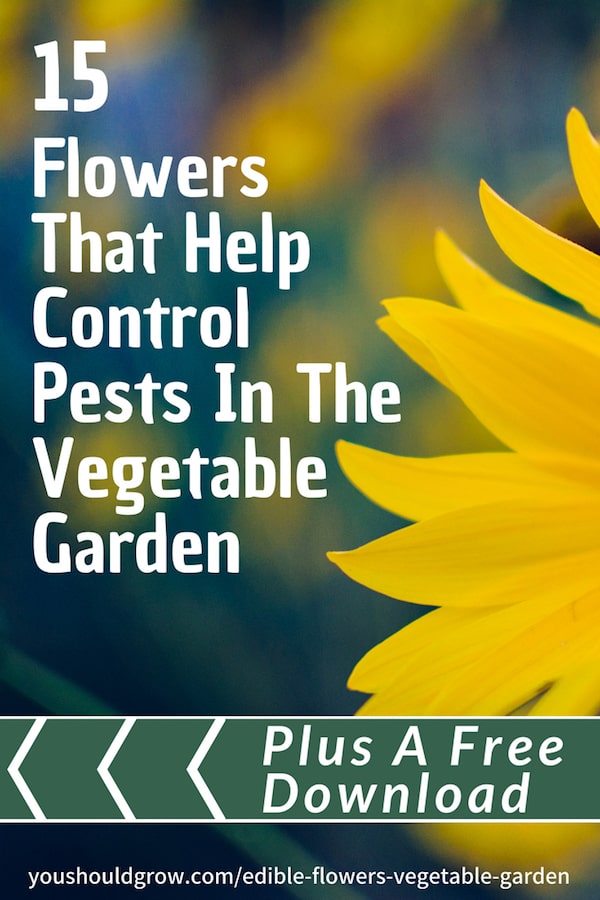


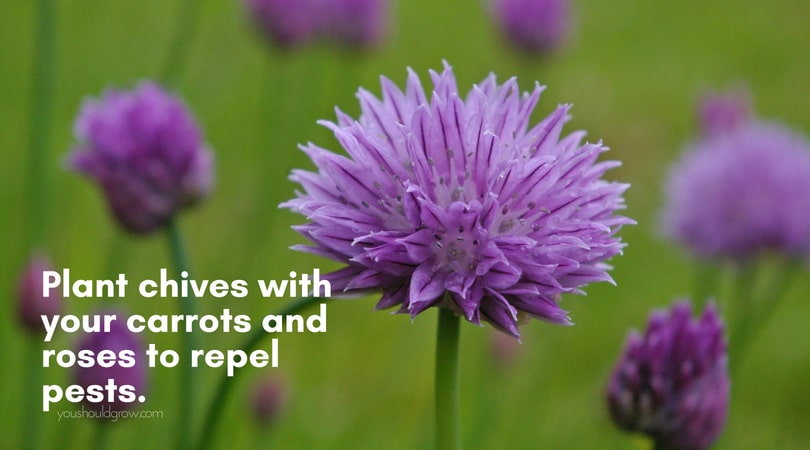

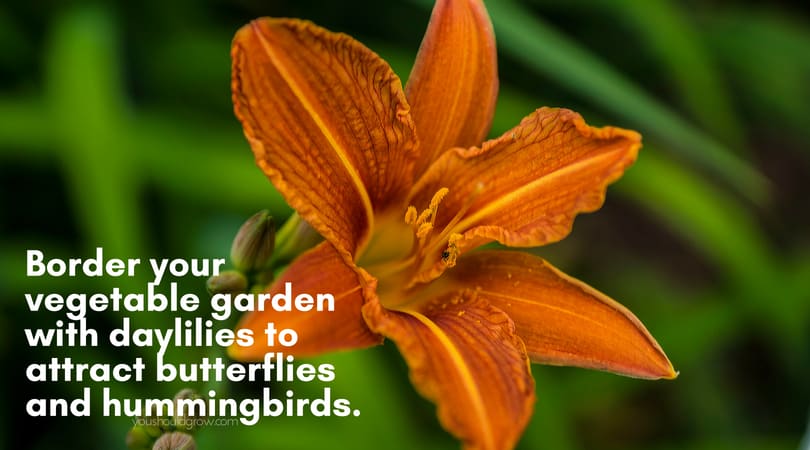
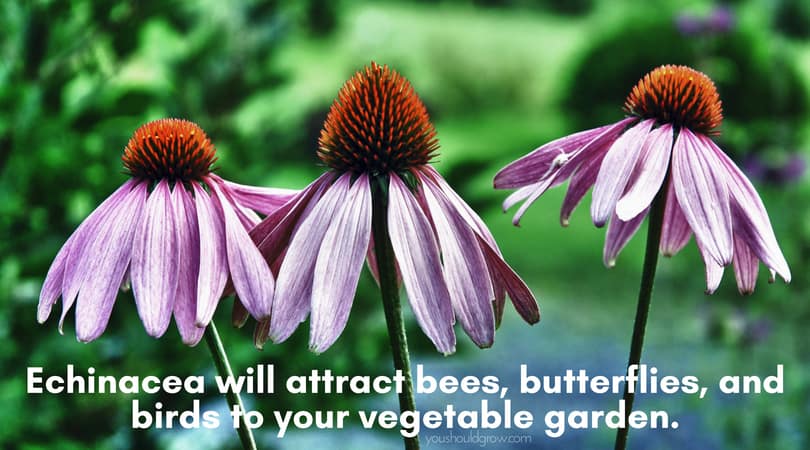

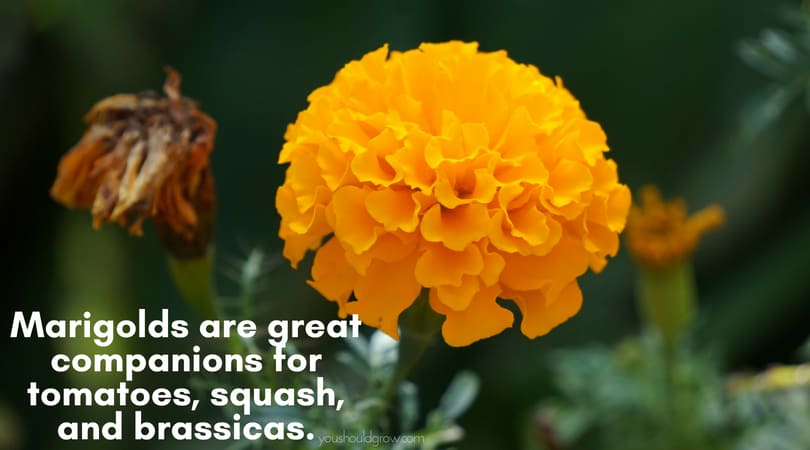
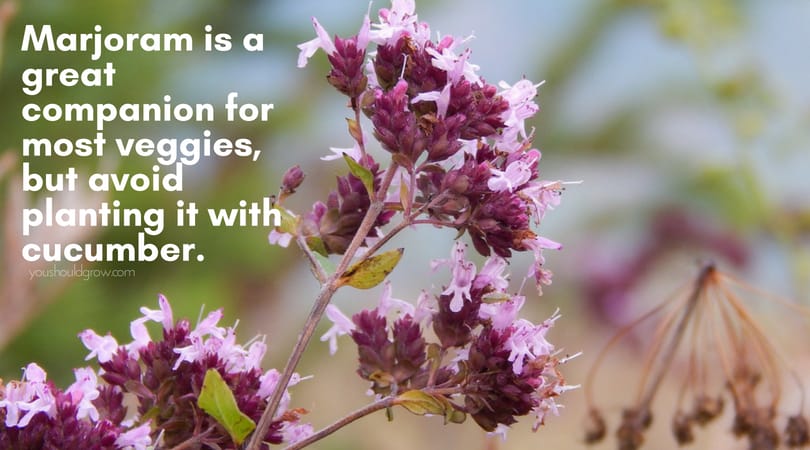
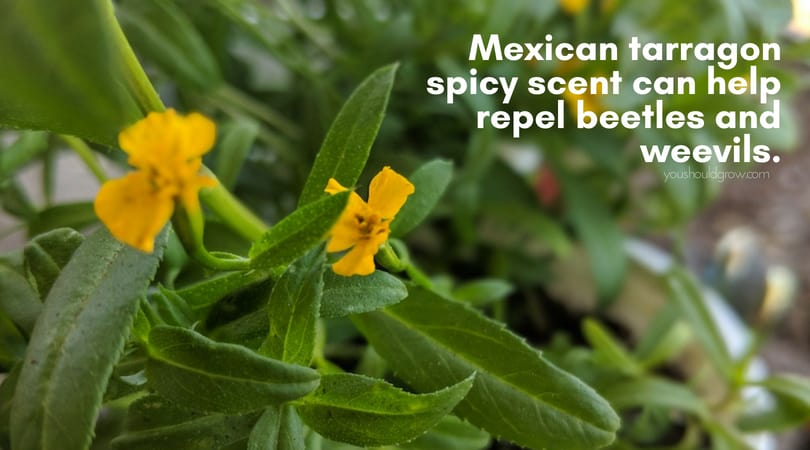
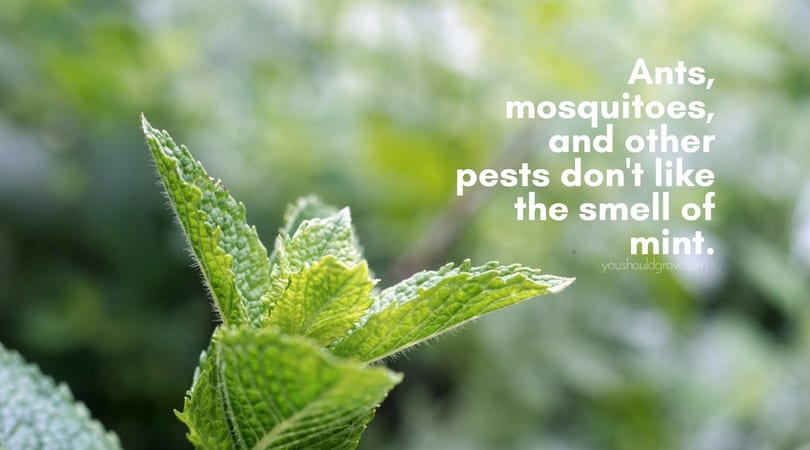
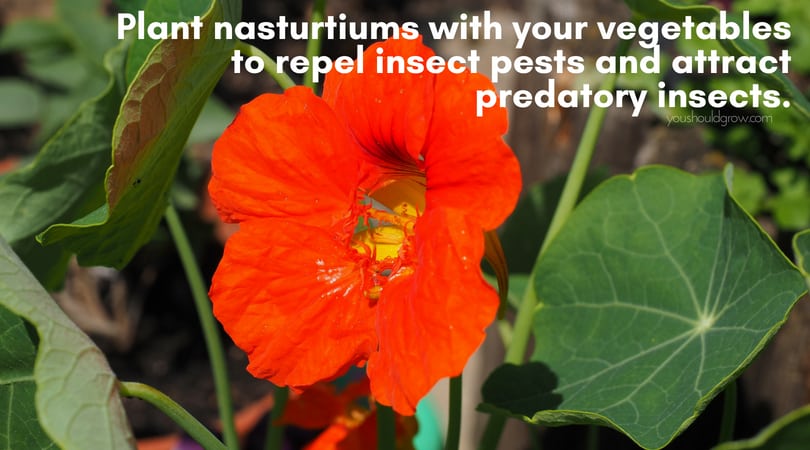

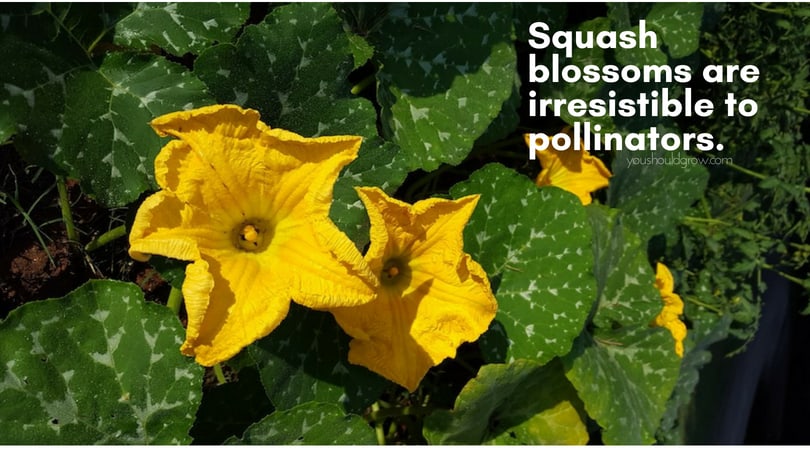

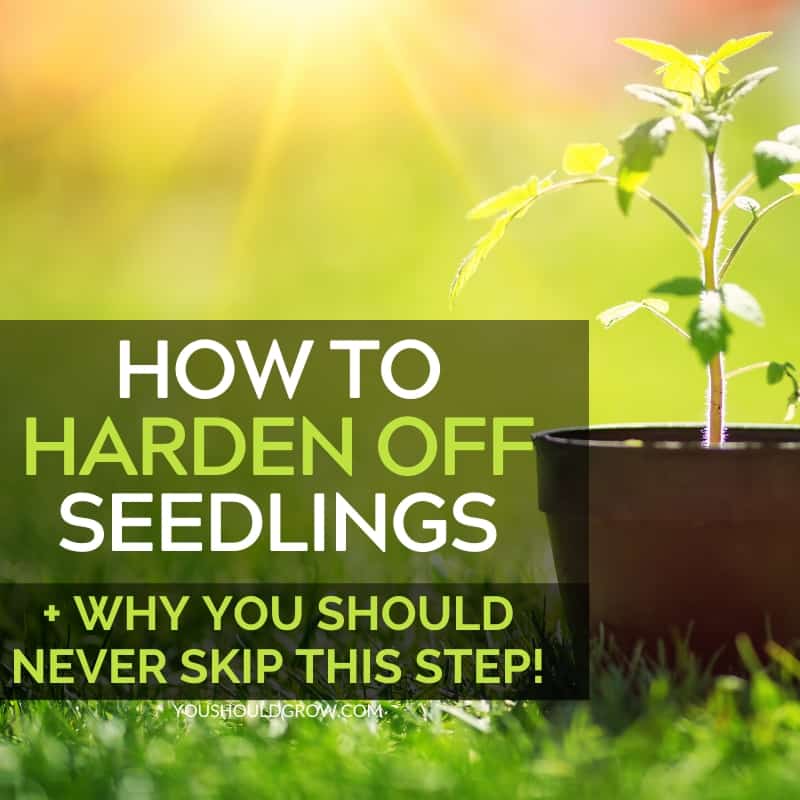
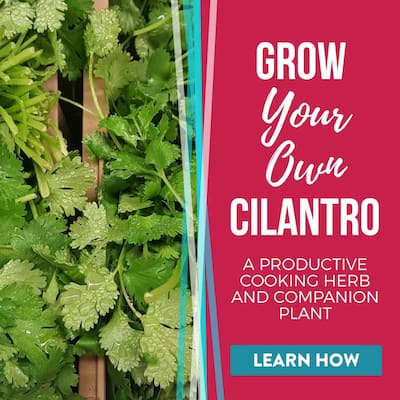
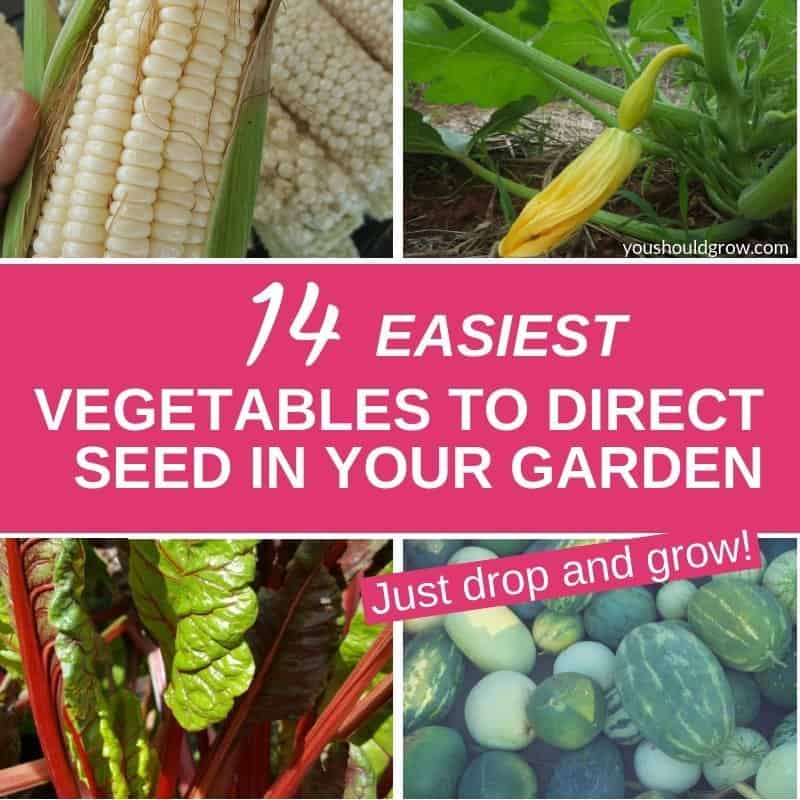
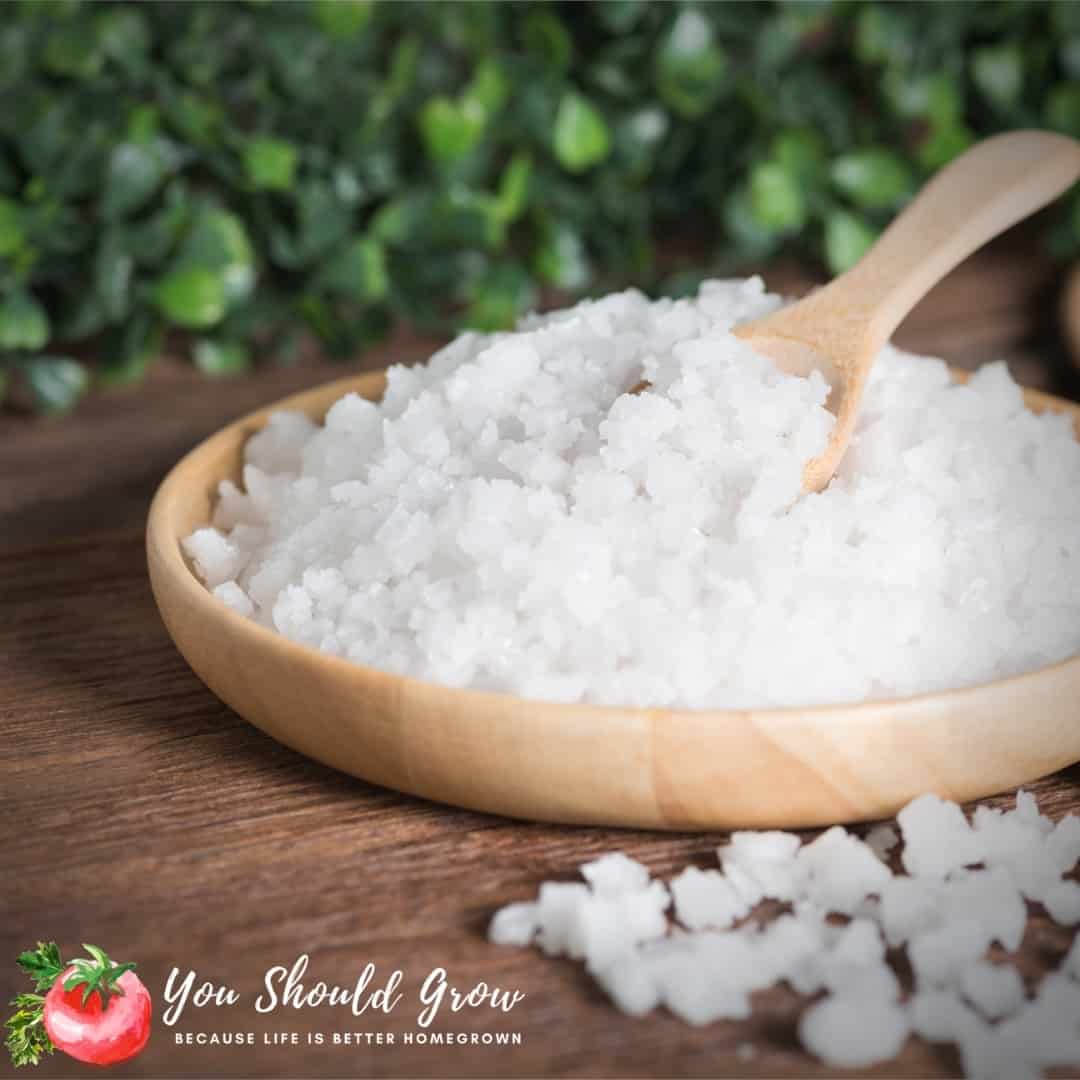

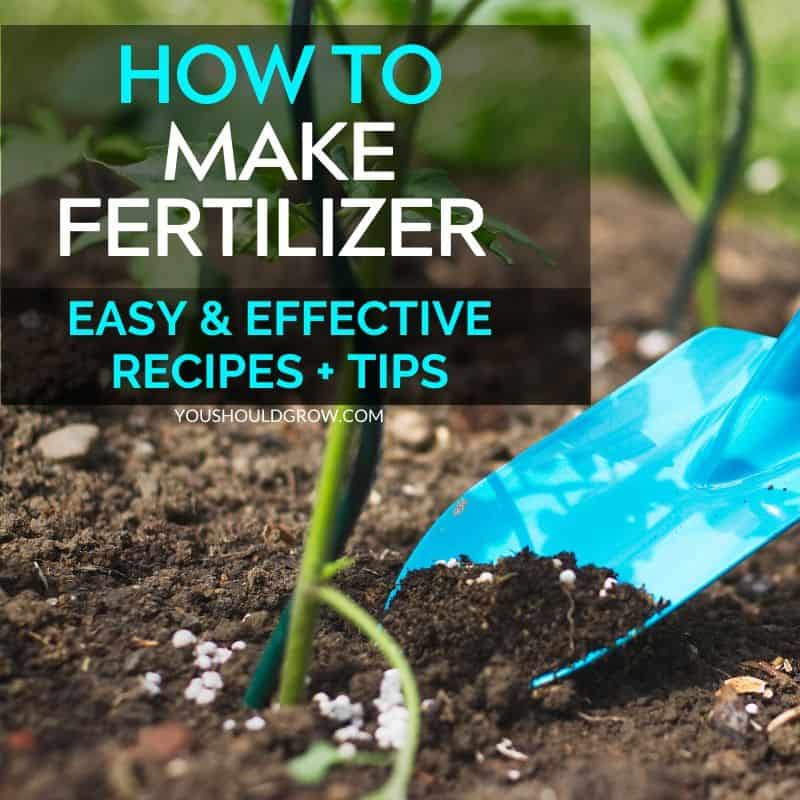
Please add me to your mailing list. Where can I get the 37 Edible Flowers To Plant In Your Vegetable Garden?
Hi Sandra, I switched email providers and forgot to update this post. So sorry about that. I’ll send it over for you right away. 🙂
I just paid $9 for the My Vegetable Garden booklet (122 pages) and the Garden Worksheets on excel but I accidently left the website before downloading the third document. Can you send it to me via email?
Hi Mary! Thank you for purchasing the gardening bundle! A receipt and further download instructions have been emailed to you. 🙂
I love that you include how to use these plants to cook and as companion plants. The duel use makes me want to choose these over other options